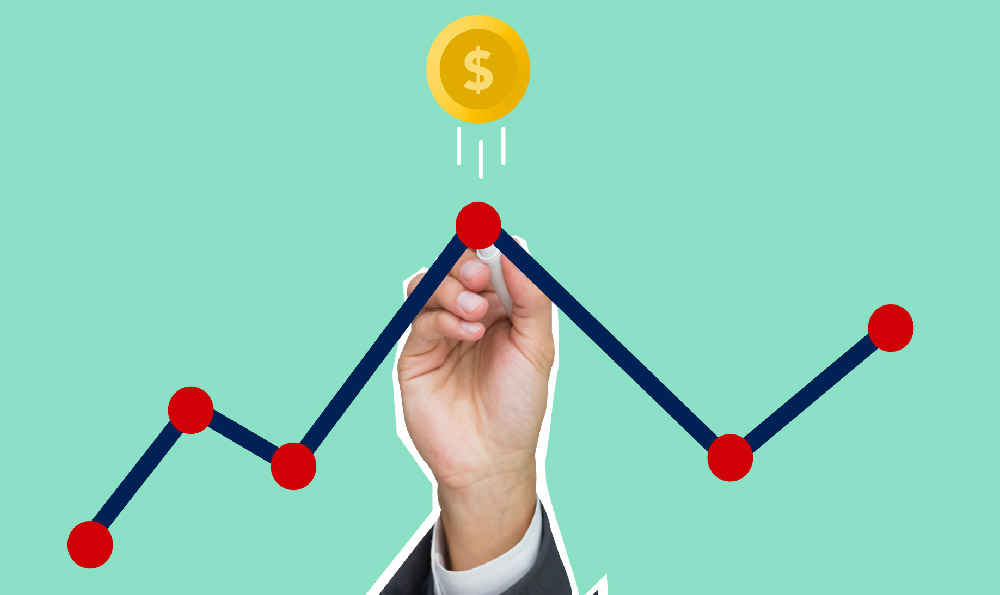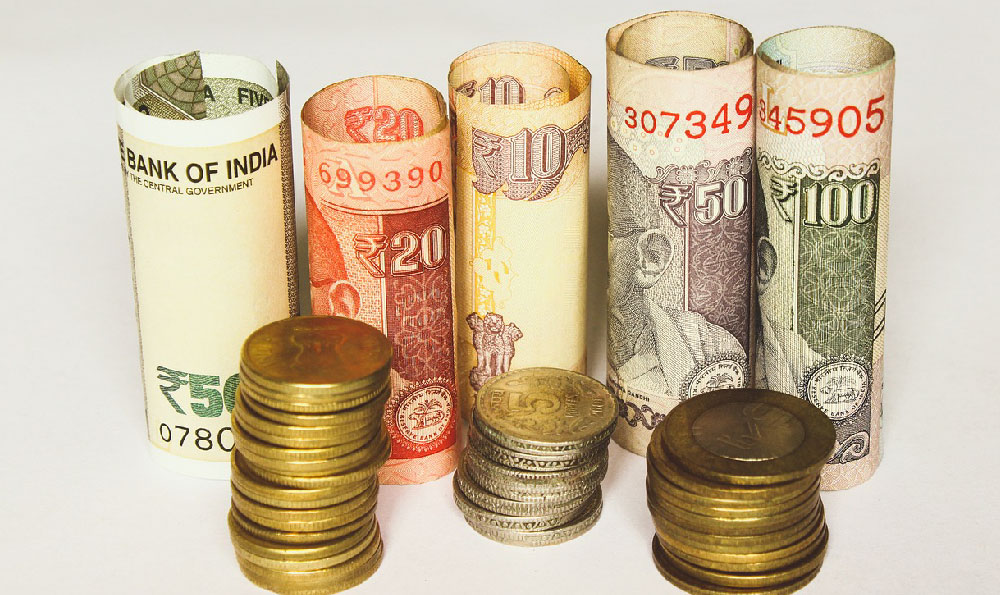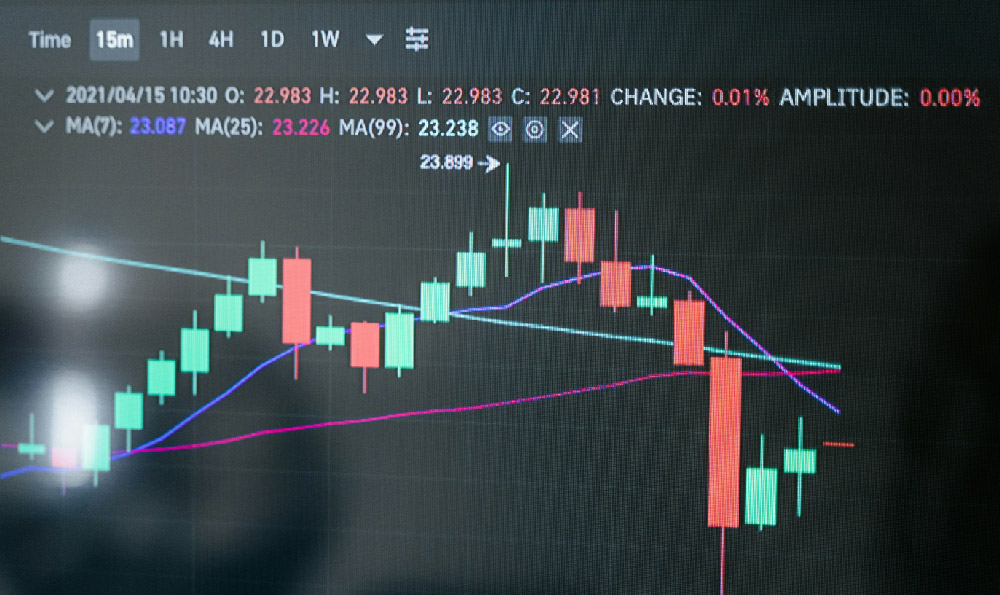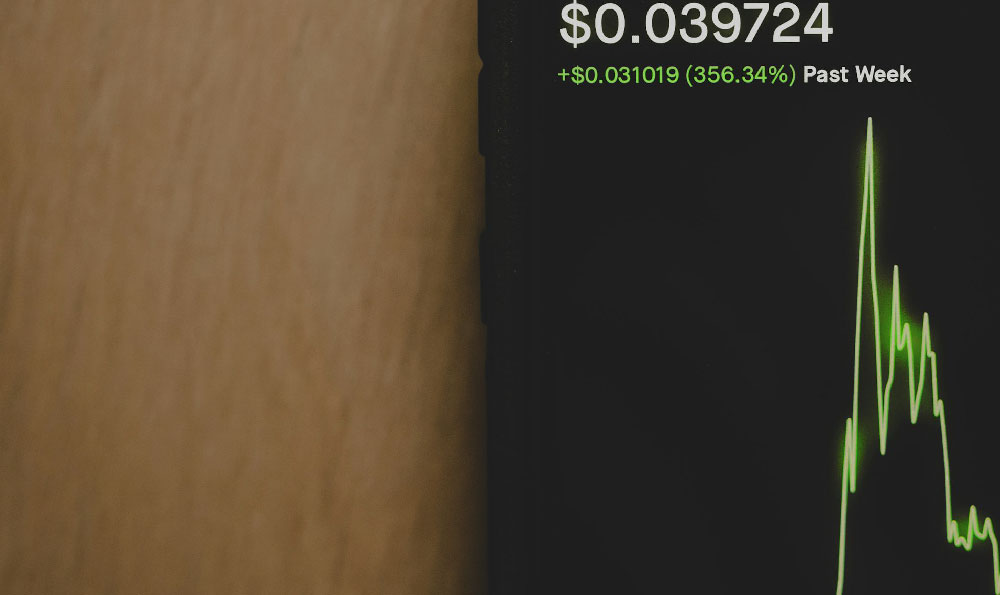DoorDash drivers, often referred to as Dashers, operate within a complex ecosystem where earnings are determined by several interconnected factors. Understanding the nuances of this pay structure is crucial for anyone considering becoming a Dasher or for those who simply want to grasp the economics of the gig economy. A Dasher's income isn't a fixed hourly wage but rather a variable amount influenced by the base pay, promotions, tips, and efficiency.
The foundation of a Dasher's earnings is the base pay. This amount, set by DoorDash, varies based on the estimated time, distance, and desirability of the order. Factors influencing the base pay include the complexity of the delivery (e.g., delivering to an apartment versus a house), traffic conditions, and the overall demand for Dashers in a particular area. DoorDash doesn't publicly disclose the exact algorithms that determine the base pay, but it's widely understood that orders requiring longer distances or presenting greater challenges tend to have higher base pays. It's important to note that the base pay can sometimes be quite low, especially for short-distance deliveries in areas with a surplus of available Dashers. This is where other components of the pay structure become crucial.
Tips are a significant and often the largest component of a Dasher's earnings. Customers have the option to tip their Dasher when placing their order, and these tips go directly to the Dasher. The percentage of customers who tip and the average tip amount vary significantly depending on the region, time of day, and even the weather. For example, Dashers often find that people are more generous with tips during inclement weather or during peak meal times. Excellent customer service, such as prompt delivery, friendly communication, and careful handling of the food, can often lead to larger tips. Dashers who consistently provide a positive experience are more likely to see their earnings boosted by generous tippers.

Promotions, offered by DoorDash, present opportunities to significantly increase earnings during specific times or in specific locations. These promotions come in various forms, including Peak Pay and Challenges. Peak Pay is an additional amount added to the base pay for deliveries made during periods of high demand. For instance, during lunch or dinner rushes, or when there's a major sporting event or severe weather, DoorDash might offer Peak Pay to incentivize more Dashers to be on the road. Peak Pay is usually displayed prominently on the Dasher app, showing the extra dollar amount that will be added to each delivery in a designated zone. Challenges, on the other hand, are incentives offered for completing a certain number of deliveries within a specified timeframe. For example, DoorDash might offer a challenge that awards a Dasher an extra $50 for completing 20 deliveries within a weekend. Successfully completing challenges can be a lucrative way to increase overall earnings.
Beyond the core pay structure, a Dasher's efficiency plays a crucial role in determining their overall income. The more deliveries a Dasher can complete per hour, the higher their potential earnings. This efficiency is influenced by factors such as knowledge of the local area, the ability to navigate traffic effectively, and the acceptance rate of delivery requests. Declining too many delivery requests can negatively impact a Dasher's standing and potentially lead to fewer opportunities in the future. However, accepting every delivery request, including those with low base pay or long distances, can also negatively impact efficiency and hourly earnings. A successful Dasher learns to strategically accept deliveries that maximize their time and income.
Furthermore, it's essential to consider the expenses associated with being a Dasher. Unlike employees who receive a regular paycheck with taxes and other deductions automatically withheld, Dashers are independent contractors. This means they are responsible for paying their own income taxes, self-employment taxes, and covering all vehicle-related expenses. These expenses can include gasoline, car maintenance, insurance, and depreciation. Accurately tracking mileage and other business-related expenses is crucial for minimizing tax liabilities. Failure to account for these expenses can lead to an inaccurate perception of actual earnings.
Another aspect to consider is the potential for income volatility. Earnings can fluctuate significantly from day to day and week to week, depending on factors such as the number of Dashers available, the demand for deliveries, and the weather. During slow periods, Dashers may experience lower earnings and increased competition for available orders. Having a financial buffer and a plan for managing income fluctuations is essential for maintaining financial stability.
Finally, it is worth noting that the DoorDash pay structure has been a subject of debate and scrutiny, with concerns raised about the transparency of the base pay calculation and the reliance on tips. While DoorDash has made some adjustments to its pay model over time, ongoing discussions and potential regulatory changes could further impact how Dashers are compensated in the future. Dashers need to stay informed about any changes to the pay structure and adapt their strategies accordingly.
In conclusion, the earning potential of a DoorDash driver is a multifaceted equation involving base pay, tips, promotions, efficiency, and the careful management of expenses. While it offers flexibility and the opportunity to earn income on their own schedule, understanding the intricacies of the pay structure and diligently managing costs are crucial for achieving financial success as a Dasher. By optimizing their strategy, providing excellent customer service, and staying informed about market dynamics, Dashers can maximize their earnings and make the most of this gig economy opportunity.












